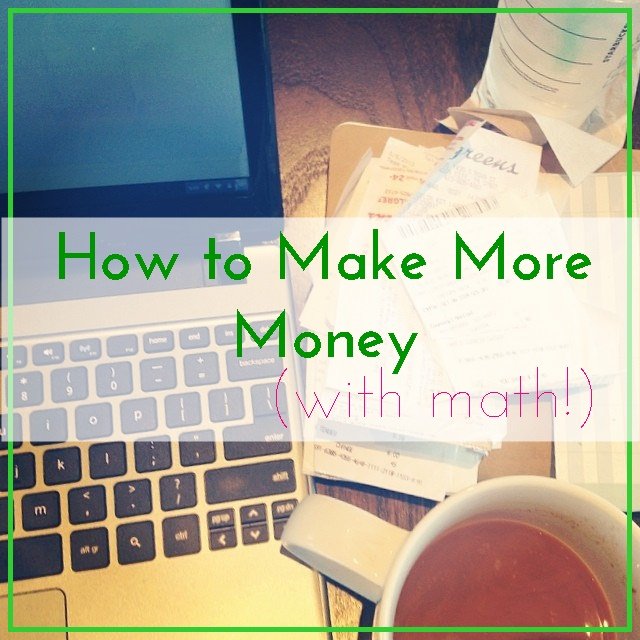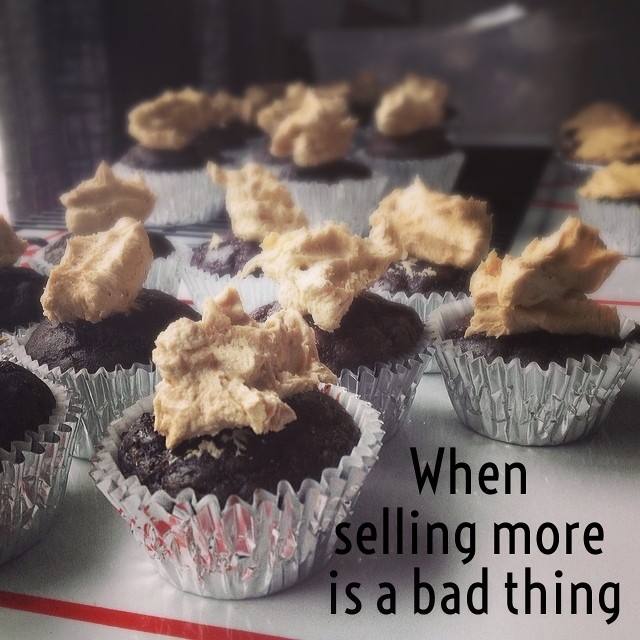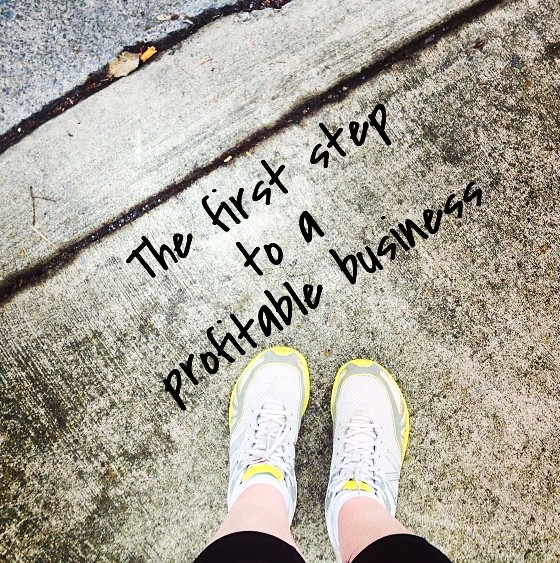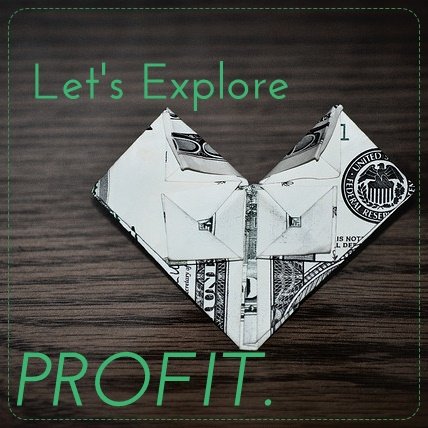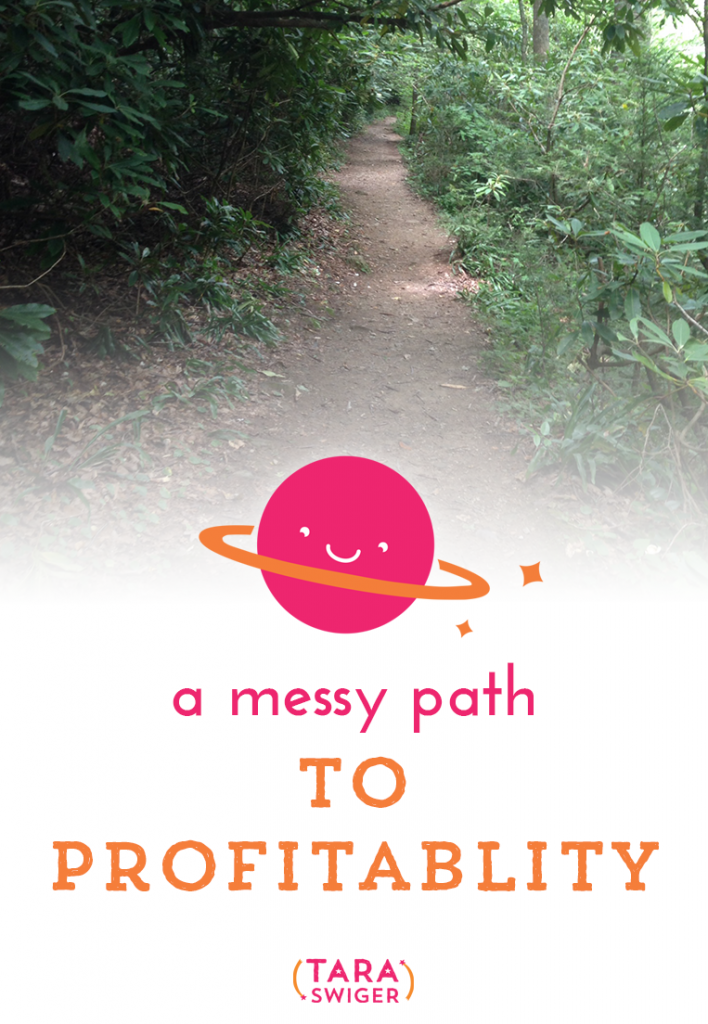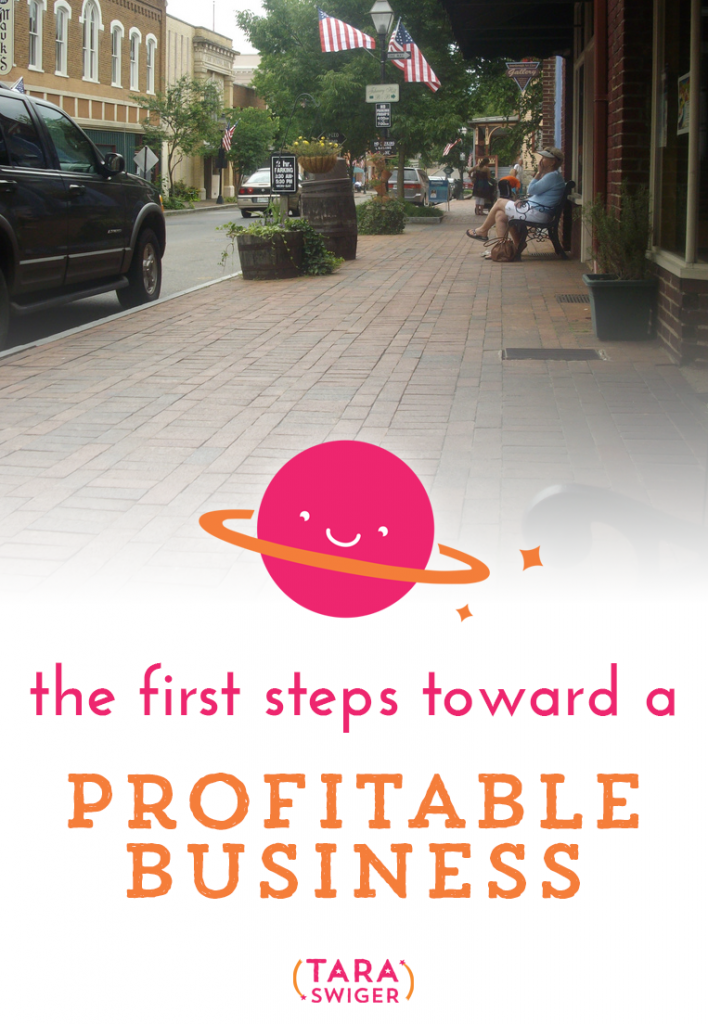One of the most-asked about topics in my inbox is money: what to charge, how to make more, how to thrive.
Last week in my free Q+A, Beth asked:
“How do I increase my rate of pay? How do I make more for every hour I work?”
The simple answer is: You change your numbers. Usually, you change your prices. Or it might be that you need to change your expenses. Or you change your efficiency.
You see, there's no easy answer I can give you…but it's very simple to find your own answer.
Do the Math
The math will show you how much your item costs, how much you can charge for it, and how many you need to sell in order to be profitable and in order to make what you want to make.
Instead, I talk to many makers who have set their prices randomly. They change their prices willy-nilly. They base it on other people, “the market,” or what a stranger said to them one time. They exclaim, “I couldn't charge a fair price for all this!” They feel frustrated and confused, because they're just guessing.
So stop guessing. Do the math.
The math is not that hard, and I've collected all of it for you in one place: Pricing 101. I've totally refreshed this popular class with 2 recorded audio lessons: the first with 3 equations for finding your right price and the second on how to actually get the price you deserve.
The class is only available in two places: As a bonus to Pay Yourself, and in the Starship Library.
Why? Because knowing the right price isn't enough. You absolutely need to set your price…but then you need to test it in the real world of your business. You need to know your Break-Even point, your production capacity, and your monetary goals. And that's what you'll do in Pay Yourself.
So grab Pricing 101 (2 hour-long audio lessons + transcripts + apply-it-yourself worksheets) with Pay Yourself right here.

